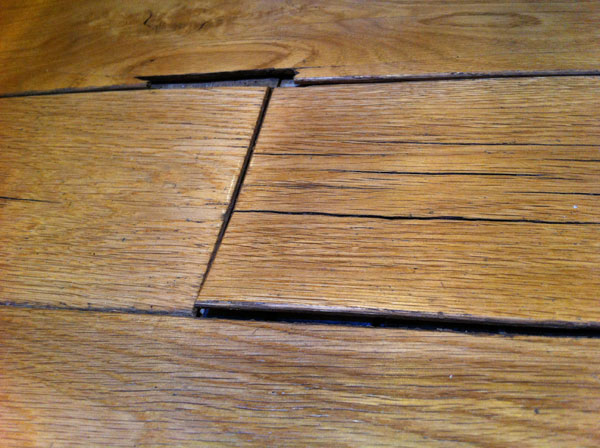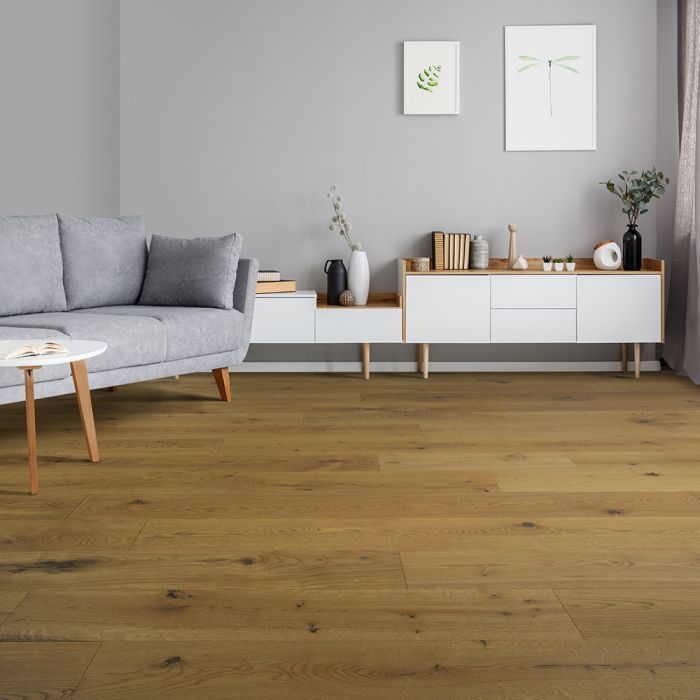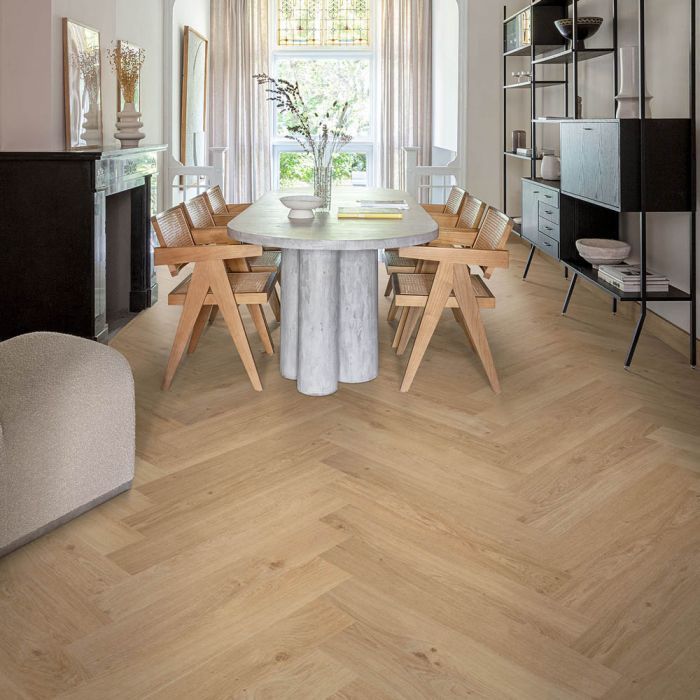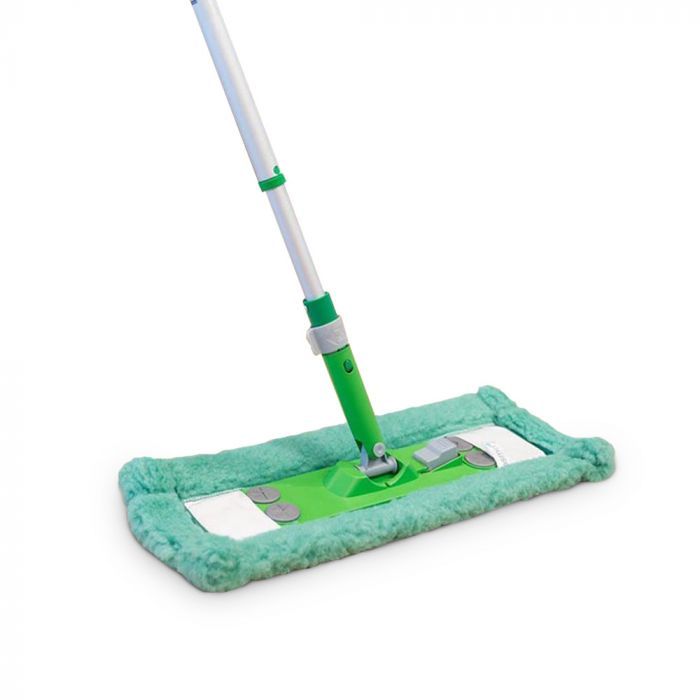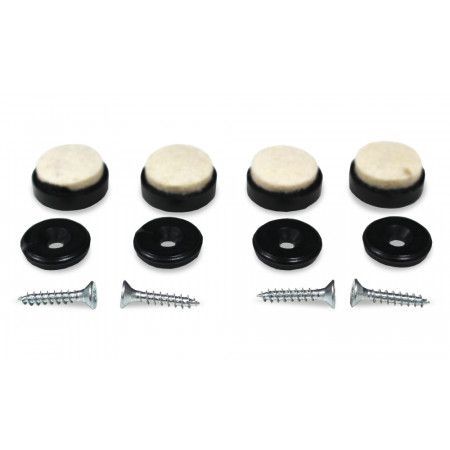Damage to hardwood flooring can be caused by a whole range of things including: not preparing the subfloor correctly before installation, incorrect installation, scratches and dents, and water damage. This guide will help you to understand the possible reason for the damage and how best to deal with it. It is split into different types of damage and covers how the damage could have been prevented and what can be done once the damage has occurred.
Damage caused by incorrect preparation prior to installation
Before a hardwood floor is installed, the subfloor must be flat, level and dry. If it is not completely flat or level your wooden floor may start to move, crack and squeak. If the subfloor is not completely dry then the moisture may penetrate your wooden flooring and cause it to warp, distort and lift. To prevent any of these issues from damaging your hardwood floor, follow these simple steps:
• Ensure the subfloor is flat and level by using a straight edge
• If the subfloor is not level, then it must be levelled out using either plywood sheets of at least 8mm thick (for use on a wooden subfloor), or a levelling compound (for use on a concrete subfloor)
• If a levelling compound is used, it will need to be left to dry completely and be moisture tested before any wooden flooring is installed
• Ensure the subfloor is dry by using an appropriate moisture meter
• The Moisture Content (MC) should be 16%MC or below for a wooden subfloor, and below 6%MC for a concrete subfloor
• If the subfloor is not dry, allow it to dry naturally
• If your hardwood floor has already been affected by moisture from the subfloor or an uneven subfloor then the only solution is to take up the flooring, resolve the problem by preparing the subfloor correctly, and then install new wooden flooring.
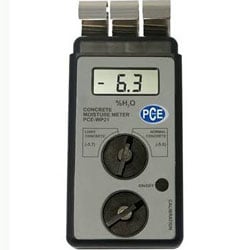
Damage caused by incorrect installation of your hardwood floor
The main thing that can go wrong during installation is if the floor fitter has not left an expansion gap around the perimeter of the room. This is vital so that the flooring can naturally expand and contract with cooler and warmer temperatures. If an expansion gap is not left around the edge of the room the floor will have no natural movement so may raise up and break. To prevent this from happening, follow these simple steps:
• Leave an expansion gap of between 12mm – 15mm around the perimeter of the room
•Remember to also leave an expansion gap in doorways
• Floor spaces can be used to ensure the correct expansion gap is achieved
If you realise that your hardwood flooring has been installed without an expansion gap, follow these steps:
• Remove the beading or skirting board
• Create an expansion gap around the perimeter of the room by cutting down the flooring planks
• Replace the beading or skirting board
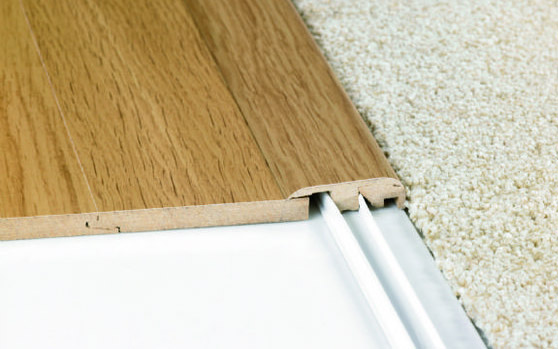
Scratches and dents to your hardwood floor
Damage caused by scratches and dents will occur from everyday use of the floor. Most scratches or dents will be a minor issue that will mainly go unnoticed and may even add character and personality to your floor. If your flooring is looked after properly then it is easy to prevent unnecessary marks from appearing. To prevent scratches and dents from occurring, follow these simple steps:
• Sweep your wooden floor daily with a soft brush
• Clean your wooden floor with a PH neutral wood floor cleaner on a regular basis
• Place doormats at entrance doors
• Remove footwear before walking on your wooden floor
• Attach anti-scratch pads to the bottom of furniture
• Do not drag heavy or sharp objects across your wooden floor
If your hardwood floor has been severely scratched or dented and you would like to repair it, the following can be done:
• Coloured beeswax can be applied to your wooden flooring to mask over small scratches
• The whole flooring can be sanded and then resealed to remove scratches and small dents
• Individual sections can be re-finished by a professional floor finisher or French Polisher
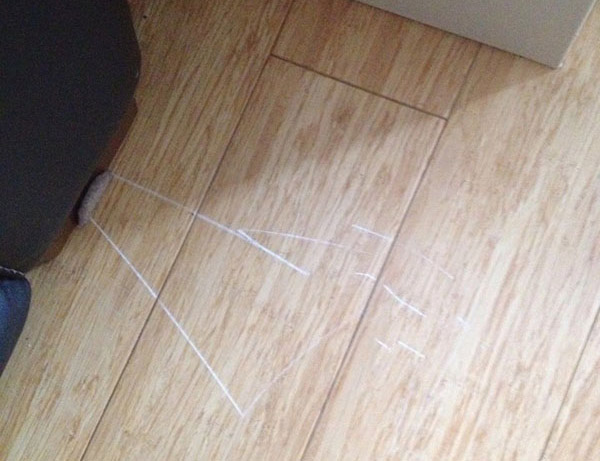
Water damage to your hardwood floor
Water damage can cause hardwood flooring to bend and distort and even become discoloured if it soaks into or underneath the floor. The severity of the damage will depend on what happened. If a small amount of water was left to soak into the flooring by accident then there is a small chance that the flooring will be affected. If however, there was a flood where a substantial amount of water was left on the wooden floor for any amount of time, the damage is likely to be more significant. To prevent water damage from occurring, follow these simple steps:
• Wipe away any water spills or accidents immediately from your wooden floor
• Remove wet shoes and other footwear before walking on your wooden floor
• Do not place wet clothing or wet footwear on your wooden floor
If your hardwood floor has been severely damaged by water and you would like to repair it, there is very little that can be done, other than replacing it. This involves taking up the damaged floor, ensuring the subfloor is dry (by taking a moisture reading) and then installing a new wooden floor.
